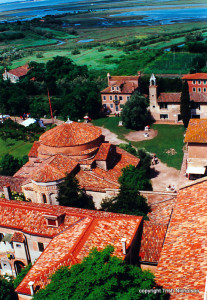
Ernest Hemingway went there to shoot ducks in 1948, and to use the setting in his novel Across the River and Into the Trees, but he missed Torcello’s glory days by over a thousand years.
Like an ancient dowager – older than Venice, the first and last of her generation – Torcello sits contemplating her memories, fingering her few remaining jewels. Venice ravaged her palazzi for building its own city long ago. Only two remain: Palazzo dell’Archivio and Palazzo del Consiglio, together housing the provincial museum.
Nature gave Torcello her early fame and wealth, and then took it away. Archaeological excavations reveal that during the Roman period, Torcello boasted glass kilns and prolific market gardens. The population grew to some 10,000, swelled by urban migrants from the mainland, refugees fleeing repeated incursions of northern tribes as the Roman Empire crumbled.
Among the influx was the Bishop of Altino who established his palace on the island, accompanied by his parishioners who brought with them the relics of their founder and first bishop, Saint Heliodorus (a native of Dalmatia, he died in Altino in 390 CE), placing his remains in the sepulchre of the Cathedral of Santa Maria Assunta. Beneath the cathedral lie fragments of original mosaic pavements dating from 639 CE – and probably built on much older foundations.
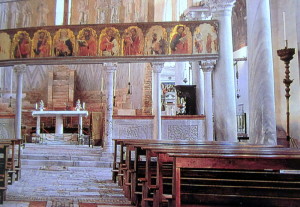
By the 9th century, Torcello was a flourishing centre of sea trade, a ‘middle-man’ between East and West with more political and economic clout than Venice. Over the next 300 years, the interior of Santa Maria Assunta was refurbished with Byzantine splendour. Its greatest treasure is the exquisite mosaic depicting the Last Judgement, which still covers the entire western wall of the cathedral.

The adjacent church of Santa Fosca was also built during this period, to contain the remains of Saint Fosca, a fifteen-year-old girl from Ravenna, tortured and killed for her Christian beliefs in 250 CE, along with her nurse, Saint Maura. (A church in Istria, Croatia, also claims to house Saint Fosca’s relics which are credited with healing many ailments).
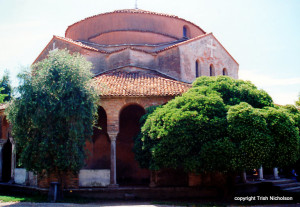
But from the 12th century, Torcello’s lagoon and lower areas of the island began to turn into swamps that ships could not penetrate, and in which mosquitoes flourished, causing epidemic malaria. Gradually the inhabitants left to settle in surrounding islands. Today, permanent residents number around 30 people, seasonally swamped by tourists – the new east-west trade.
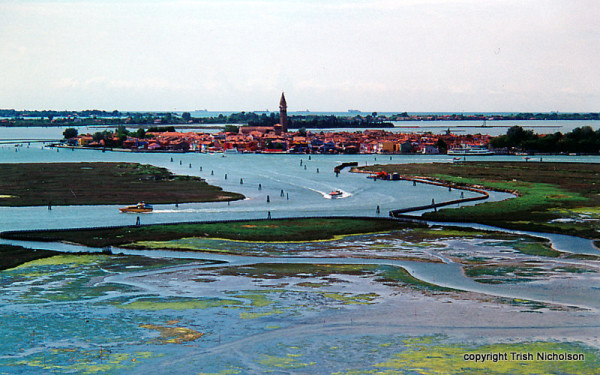
The XVl Biennial Hemingway Society Conference was held from 22-27 June 2014 in Venice, and no doubt many participants made nostalgic visits to Torcello. I don’t know what the ducks thought about it.
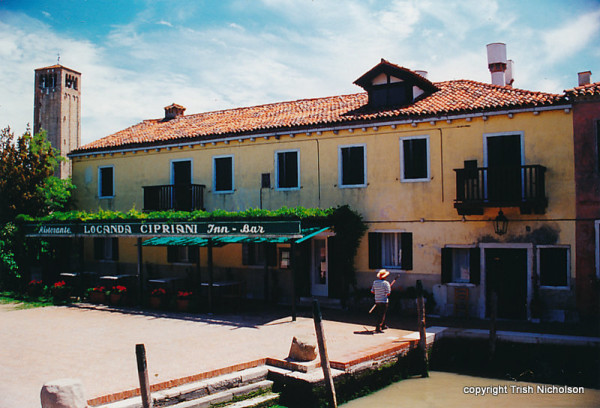
If you are interested in travel adventures in exciting locations, you will enjoy Journey in Bhutan: Himalayan Trek in the Kingdom of the Thunder Dragon (ebook for all formats, available from your favourite supplier) and Inside the Crocodile: the Papua New Guinea Journals (print and ebook).
